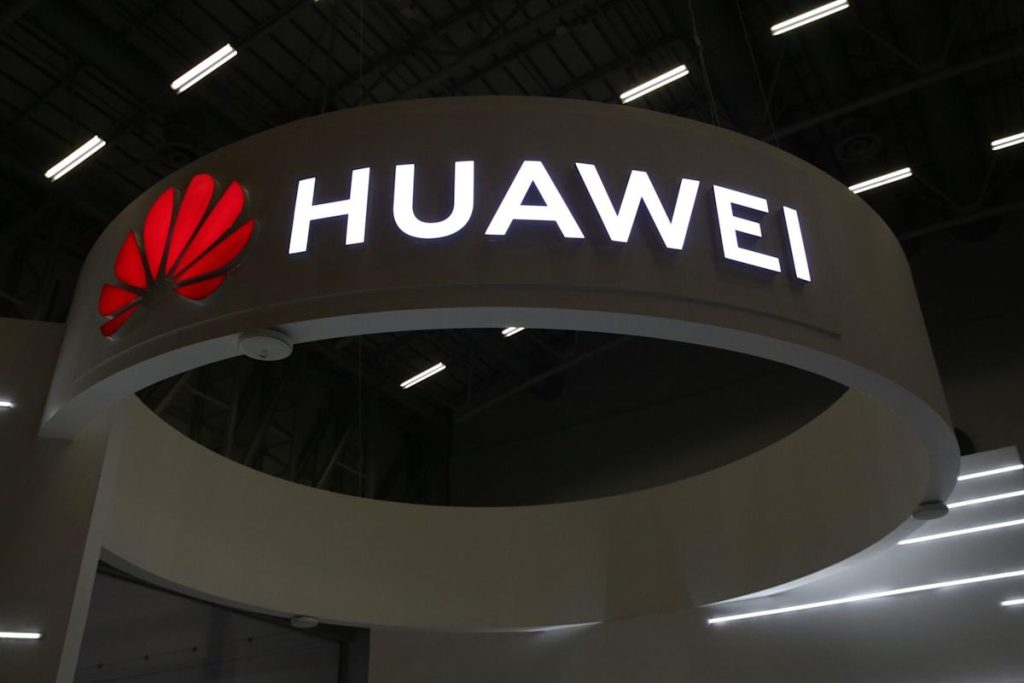Huawei has unveiled the Huawei SuperPoD, a breakthrough AI infrastructure that connects thousands of AI chips into a single logical computer. Presented at HUAWEI CONNECT 2025, this system aims to reshape how massive computing power is organized and deployed.
At the core of the Huawei SuperPoD is UnifiedBus 2.0. This interconnect protocol enables physical servers to operate as one, solving long-standing issues of bandwidth, latency, and reliability.
- Optical interconnects offer high bandwidth over long distances.
- 100-nanosecond fault detection and 2.1-microsecond latency ensure stability across thousands of processors.
Huawei’s Atlas 950 and 960 SuperPoD models set new records for AI computing.
- Atlas 950 SuperPoD: Up to 8,192 Ascend 950DT chips, 8 EFLOPS in FP8, 16 EFLOPS in FP4, and 16 PB/s interconnect bandwidth in 160 cabinets.
- Atlas 960 SuperPoD: Planned for 15,488 Ascend 960 chips, 30 EFLOPS in FP8, 60 EFLOPS in FP4, and 34 PB/s bandwidth, with 4,460 TB memory capacity.
These numbers far exceed the bandwidth of today’s global internet peak traffic.
Beyond AI Applications
Huawei also introduced the TaiShan 950 SuperPoD for general-purpose computing. Built on Kunpeng 950 processors, it targets enterprise workloads and can replace traditional mainframes and Oracle Exadata servers, especially in the finance sector.
Huawei will open-source hardware components such as NPU modules, AI cards, and blade servers. Software releases include the CANN compiler, Mind series application kits, and openPangu foundation models by the end of 2025. The company has also released UnifiedBus 2.0 specifications as open standards, encouraging partners to build their own SuperPoD solutions.
Market Impact
More than 300 Atlas 900 A3 SuperPoD units have already shipped in 2025 to industries like finance, manufacturing, telecom, and energy. This open approach offers an alternative to proprietary Western AI infrastructure while supporting China’s domestic chip supply constraints.
The Huawei SuperPoD combines massive computing power, open architecture, and advanced interconnect technology. It represents a significant step toward scalable, collaborative AI development and may redefine the competitive landscape of global AI infrastructure.












107 thoughts on “Huawei SuperPoD: A New Era for AI Infrastructure”
трудовые соглашения оаэ
https://whitesquarepartners.com/ru/services/corporate-services/labor-matters-support/employment-agreements
соглашения об управлении оаэ
http://whitesquarepartners.com/ru/services/corporate-services/labor-matters-support/management-agreements/
опционные планы в оаэ
http://www.testron.ru/?URL=whitesquarepartners.com/ru/services/corporate-services/labor-matters-support/share-option-plans
company bank account opening in uae
https://www.whitecirclegroup.com/bank-accounts
uae golden visa
https://www.whitecirclegroup.com/golden-visa
tax consultant dubai
https://www.whitecirclegroup.com/tax-advisory
Don’t settle for low-quality scans. Get the pristine A Court of Mist and Fury PDF. This digital edition respects the formatting of the original novel. Download it today for the best possible reading experience. https://acourtofmistandfurypdf.top/ A Court Of Mist And Fury Rhysand Pov